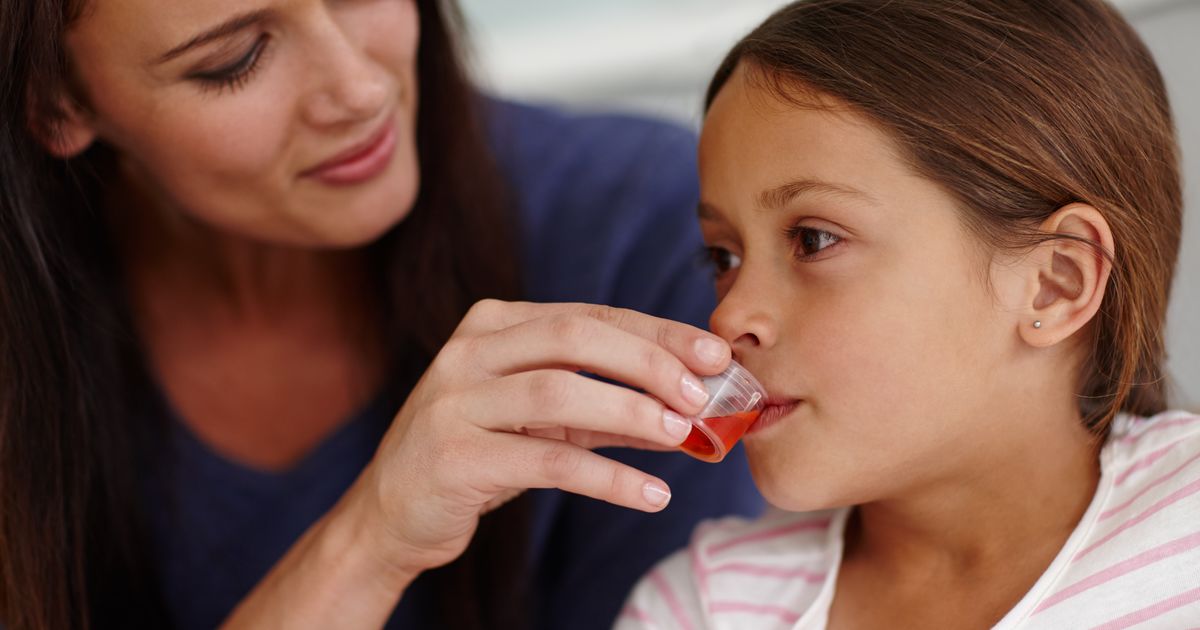The Various Ways Of Treating Fifth Disease
Pain Relief Medication
Symptoms of Fifth disease include a headache, fever, and joint pain. Pain in the joints, particularly in the knees and in the bones of the hands and feet, are more common in adult patients, and more so women. Joint pain can last up to three or more weeks, sometimes up to months, yet they typically resolve on their own without any long-term complications. Pain relief medications, like acetaminophen and nonsteroidal anti-inflammatories, are reliable treatment options for easing aches and inflammation. They also have the benefit of lowering fever, another potential Fifth disease symptom. Nonsteroidal anti-inflammatory drugs achieve results by decreasing the body’s production of chemicals that induce inflammation, making them a prime choice for treating slow and prolonged pain. Acetaminophen, on the other hand, affects the parts of the brain that intercept pain signals, which makes it helpful when treating minor aches. Remember to consult your healthcare provider to ensure safe administration of any pain medicine.
Continue reading to get to know the next method of treating Fifth disease.
Intravenous Immunoglobulin

The use of intravenous immunoglobulin is reserved for rare cases in which severe and life-threatening complications have risen, or if the patient suffering from Fifth disease is also immunocompromised due to some other illness or medical treatment. Immunoglobulin therapy is designed to help bolster the immune system to better combat an infection. It works by infusing the patient with the antibodies a healthy individual would normally generate through blood plasma. It is available for both pediatric and adult patients and can take up to four hours to complete. Infusions are typically done in a healthcare setting such as a hospital, a clinic, or a specialized center for infusions. In some instances, home care providers can administer the treatments.
Uncover another strategy for dealing with Fifth disease.
